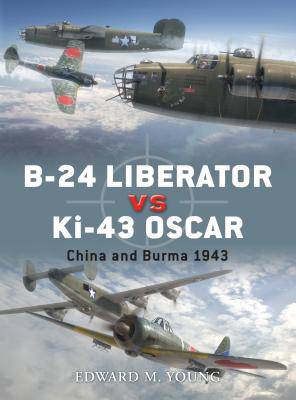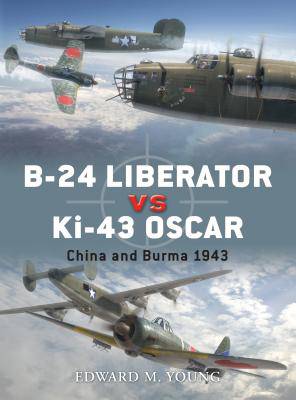
Je cadeautjes zeker op tijd in huis hebben voor de feestdagen? Kom langs in onze winkels en vind het perfecte geschenk!
- Afhalen na 1 uur in een winkel met voorraad
- Gratis thuislevering in België vanaf € 30
- Ruim aanbod met 7 miljoen producten
Je cadeautjes zeker op tijd in huis hebben voor de feestdagen? Kom langs in onze winkels en vind het perfecte geschenk!
- Afhalen na 1 uur in een winkel met voorraad
- Gratis thuislevering in België vanaf € 30
- Ruim aanbod met 7 miljoen producten
Zoeken
Omschrijving
During the late 1930s an armament race developed between bombers and the fighters that were bent on stopping them. The development of multi-engined, multi-gun, all-metal bombers forced a corresponding increase in fighter armament which, in turn, led to further attempts to improve bomber armament to ensure its ability to survive in the face of hostile fighters. The US Army Air Corps (USAAC) requested that powered gun turrets be fitted to its two principal long-range bombers, the B-17 Flying Fortress and the B-24 Liberator. In reviewing reports of air combat from Spain, China and the early stages of the war in Europe, the USAAC assumed that the greatest danger to the bomber would be attacks from the rear quarter, and thus took steps to ensure that both the B-17 and the B-24 had tail turrets. A powered turret above and behind the cockpit could deal, it was felt, with attacks from the frontal quarter so that the nose armament for the B-17 and the B-24 consisted of several hand-held 0.50-cal machine guns, but not a powered turret. German and Japanese fighter pilots would soon discover and exploit this weakness. The JAAF's response to the increase in bomber armament was to develop a so-called heavy fighter in parallel to the development of the Army's main fighter, the Ki-43 Hayabusa (known as the 'Oscar'), which sacrificed armament for superior manoeuvrability. Yet the inability of the Japanese aircraft industry to produce these heavier fighters (the Kawasaki Ki-60 and Nakajima Ki-44) in sufficient quantities meant that the JAAF had no alternative but to rely on the Ki-43 to intercept American heavy bombers. Under the ideal conditions that existed in the Burma and China theatres for much of 1943, the absence of escort fighters allowed the Ki-43 pilots to press home their attacks to devastating effect.
Specificaties
Betrokkenen
- Auteur(s):
- Illustrator(s):
- Uitgeverij:
Inhoud
- Aantal bladzijden:
- 80
- Taal:
- Engels
- Reeks:
- Reeksnummer:
- nr. 41
Eigenschappen
- Productcode (EAN):
- 9781849087025
- Verschijningsdatum:
- 17/04/2012
- Uitvoering:
- Paperback
- Formaat:
- Trade paperback (VS)
- Afmetingen:
- 185 mm x 246 mm
- Gewicht:
- 258 g

Alleen bij Standaard Boekhandel
+ 56 punten op je klantenkaart van Standaard Boekhandel
Beoordelingen
We publiceren alleen reviews die voldoen aan de voorwaarden voor reviews. Bekijk onze voorwaarden voor reviews.









